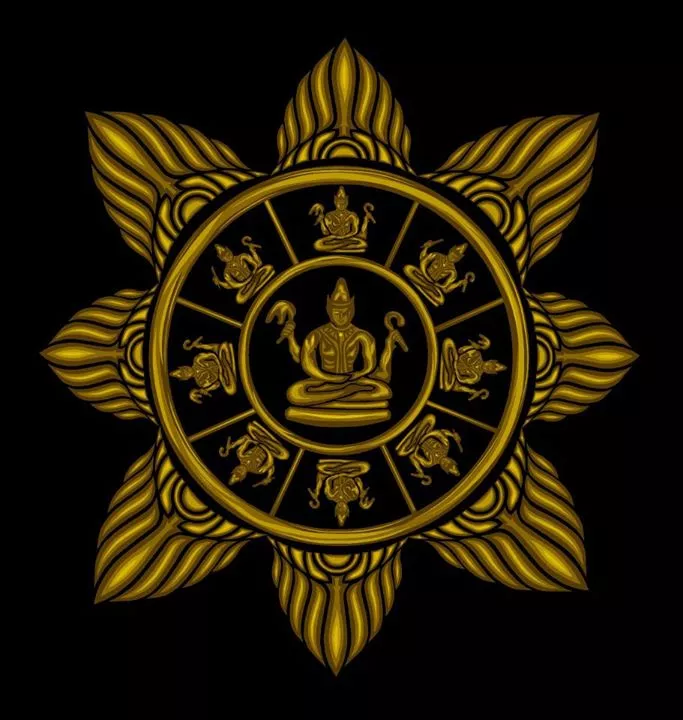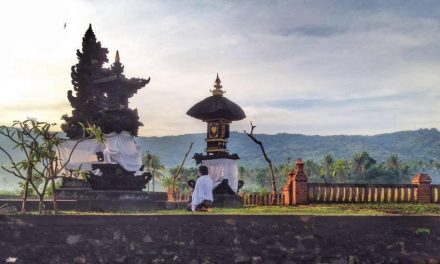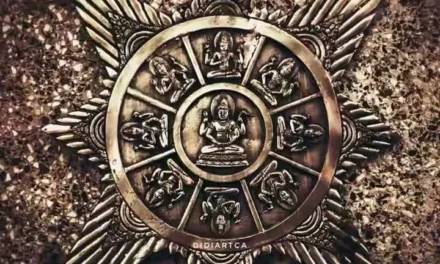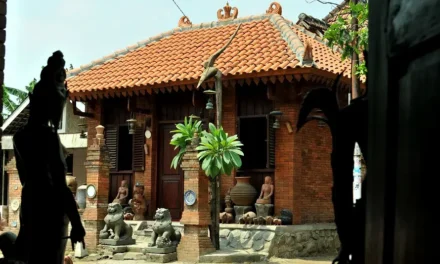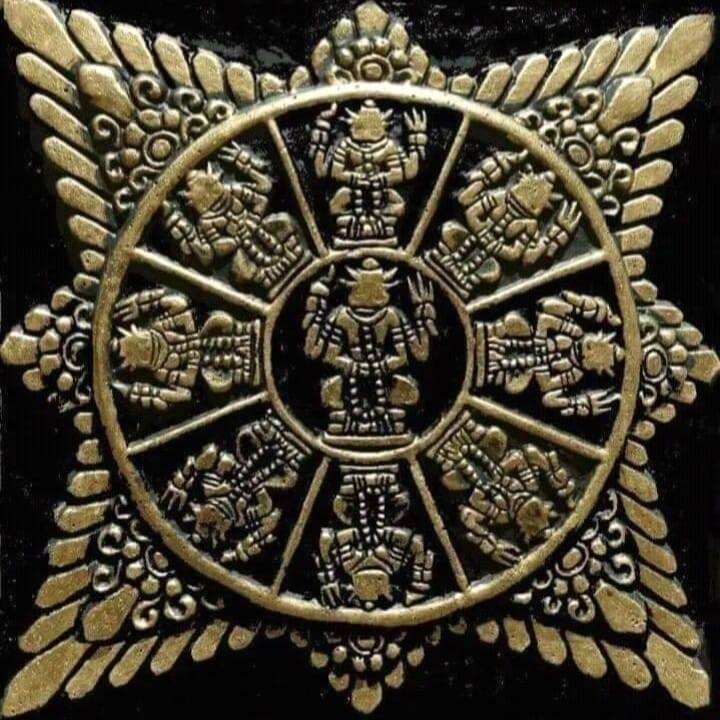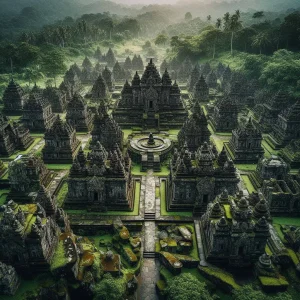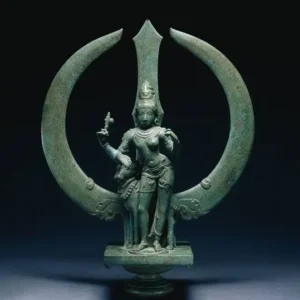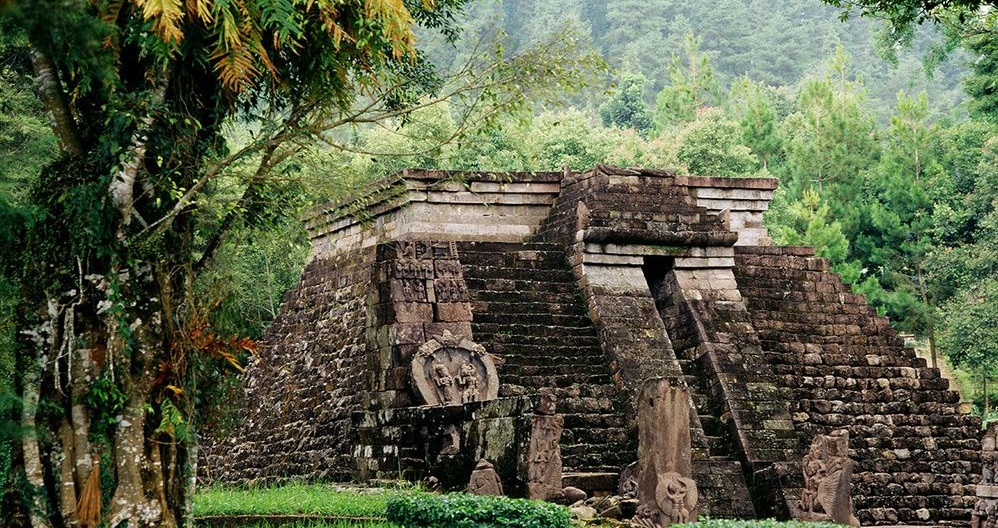
Candi Sukuh (Sukuh Temple) is one of three very special temples found along the slopes of Mount Lawu, two of which are pyramid-shaped.
Candi Sukuh stands at 910 m on the western slope of Mount Lawu, right at the border of Central and East Java, in the Mberjo village (Ngargoyoso, Karanganyar).
The temple stands among vegetable farms, clove plantations and pine forests.
It provides a view of the Karanganyar valley in the east, and of the sacred mountains of Merapi and Merbabu.
The site upon which Sukuh was built was a place of power since more ancient times.
Sukuh Temple was built just before of the fall of Majapahit, during the spread of islam in North and West Java, at the time of a civil war between the Moslem North and the Hindu South of Java.
The Majapahit loyalists then retreated to some of the sacred mountains of Java, then to East Java, and eventually most of them went to Bali.
The Javanese pyramid temple
Sukuh is one of the most mysterious temples in all of Southeast Asia.
It is in the shape of a pyramid with cutaway peak and stairways similar to those of Central America.
This was a place of mysterious rituals, and nobody knows anymore why the builders chose this type of structure.
Eleven stone inscriptions from 1416 to 1459 CE show that this sacred place was used as a prime religious site for more than 60 years.
The temple is dedicated to Bhima, the blacksmith of the Mahabharata, and it seems to have been a center for the forging of the sacred keris daggers, among other purposes.
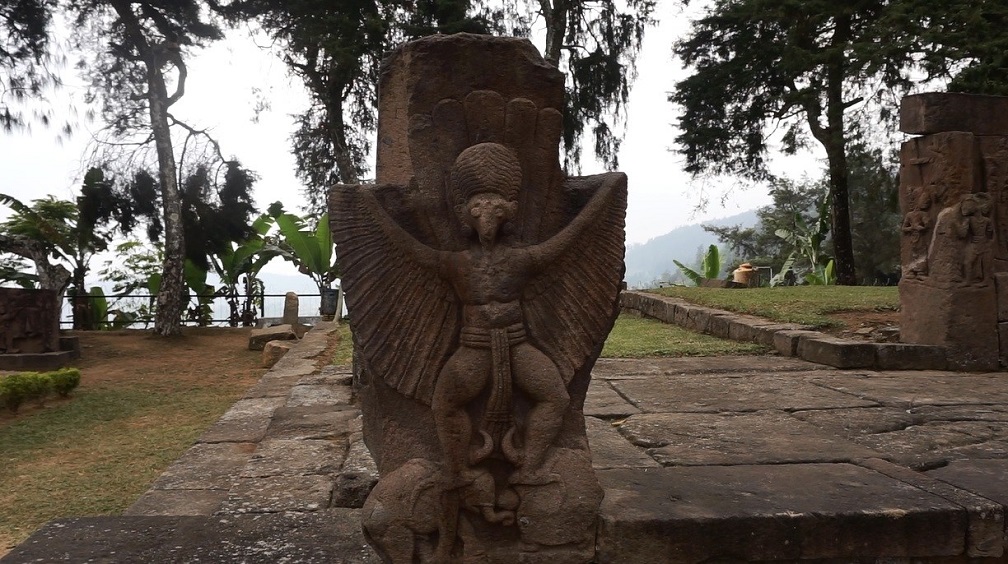
During the 15th century, the deep forest on Mount Lawu was full of herds of deer, wild Banteng cattle and large predators, all of which appear in the art of Sukuh.
More than all that perhaps, Candi Sukuh is most well-known for its abundance of sexual imagery which suggests it was a center for the Javanese Tantric lineages.
This was a temple built for Tantric purposes, which did not fit into the mainstream of Hindu-Javanese religion.
Today, the Sukuh temple complex is frequented by mystic groups and is an important pilgrimage site and ritual space during Javanese New Year celebrations.
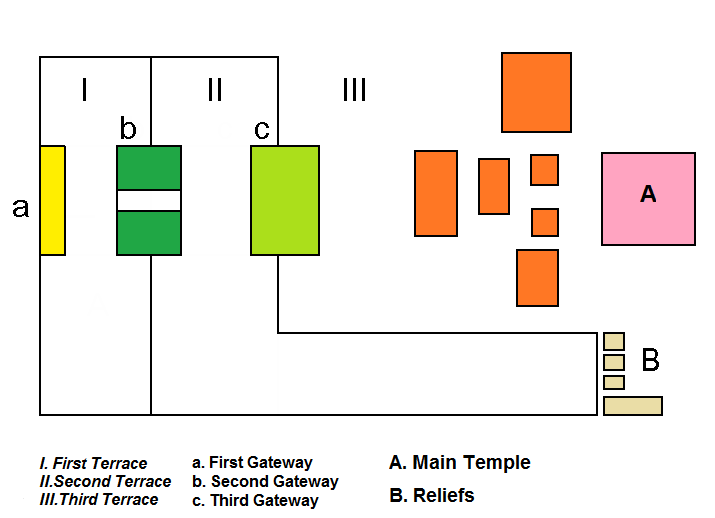
Temple Structure and Reliefs
Only the general layout conforms to the plan of most other Indonesian temples.
There are three concentric terraces, according to the tri mandala principle of Javanese and Balinese temple architecture.
The terraces and the reliefs are symbolization of human journey to immortality and perfection which realized by purification rituals, or ruwat in Javanese.
Just like Borobudur, the Sukuh complex symbolizes the levels to attain Perfection in life.
The reliefs explain the Three Worlds (tri bhuwana).
The Underworld is represented by Bhima, the Middle World is represented by Ramayana, Garudeya and Sudhemala and the Above World is represented by Swargarohanaparwa.
This shows the steps which humans must go through to attain moksha, or Nirvana.
Just in front of the 15×15 meter pyramid are three large altars in the shape of the World Turtle (Bedawang Nala).
They were used for offerings and sacrifices. In Hindu mythology, the tortoise symbolizes the base of the World and is an avatar of Lord Vishnu.
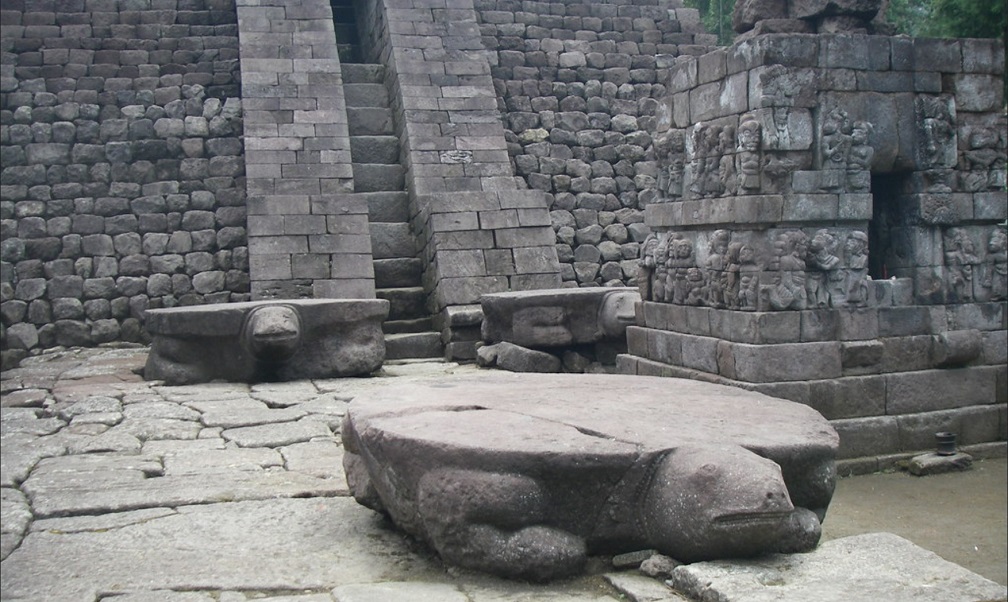
Bedawang Nala (World Turtle) altar
In the left wing lie two Garuda statues that are part of the mythology of the quest of tirta amrita (‘Water of Life’).
To the left of the gate is a carving of a demon eating a man, birds in a tree, and a dog, which is thought to be a chronograph representing 1437, the date of the temple’s consecration.
On the pyramid’s left wall are engraved reliefs of the Kidung Sudamala myth into five sequences.
The main reliefs describe the exorcism of Durga Sri Mahadewi, the presiding goddess of the temple, from her wrathful manifestations back to her more peaceful aspect as Uma Dewi.
A sacred pool (petirtaan) was constructed in 1439. The combination of temples, bathing place and hermitage in the vicinity of an important water source supporting a village was characteristic of many temples.
The Hindu ascetics who traditionally traveled the countryside, visiting sacred springs, took refuge in the Candi Sukuh complex.
The Blacksmith Relief
The scene in this relief depicts Bhima as the Blacksmith on the left forging a keris. Ganesha in the center dances, and Arjuna in the right operating the tube blower to pump air into the furnace pump.
In Javanese culture, the smith (empu) is thought to possess not only the skill to alter metals, but also the key to spiritual transcendence.
Smiths drew their powers to forge a keris from the God of Fire, and a smithy is considered a shrine.
The forging of iron, especially of the keris, has a spiritual significance in Indonesia that is comparable to the special importance of sword-making in Japan. The Indonesian iron-worker always had a special status.

The forge scene, with Bhima as smith
A refuge for advanced spiritual practices
Sukuh was not one temple, but a complex of sacred places that facilitated ritual practices for purification and spiritual empowerment.
These rites were undertaken by a community drawn from the elite classes of Javanese society, who were motivated the principles of memayu hayuning bawana (“keeping the world in balance”).
Nobles, warriors and ascetics all converged into the mountains and forests in order to meditate, undergo penances, bathe at sacred springs, battle with demons and summon the deities for assistance.
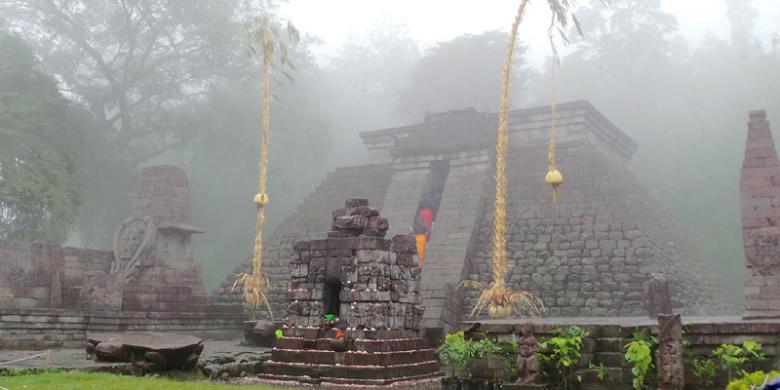
The Pangruwatan Cleansing Ritual
The Pangruwatan Ritual is held every year during the sacred month of Suro (Javanese New Year’s month).
It is part of an ancient Javanese tradition aiming for the balance of mind, body and energy.
The process of Pangruwatan features a ritual cleansing by bathing at a sacred spring (tirtha yatra), an energy purification invoking ancestral powers from the Sukuh Temple and a consecrated communal feast with elaborate food offerings.
This progression is facilitated by a local spiritual master and his team.
It is said that performing such a cleanse during the auspicious month of Suro (Javanese calendar) brings about highly beneficial results – peace of mind, health, strengthening and equilibrium of the pranic energy within the body.
The process is particularly effective on the weton (Javanese anniversary) of the participant.
Crystal Shiva Linga found at Candi Sukuh
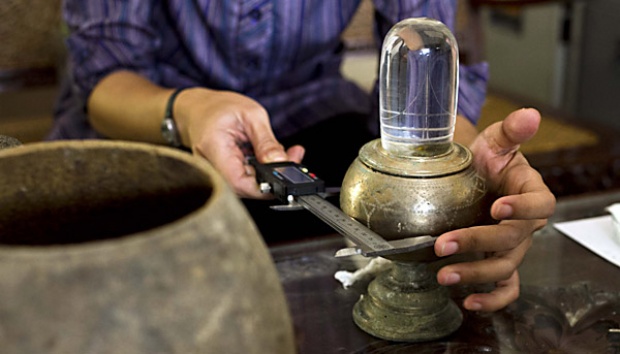
To add to the mystery, a rare crystal Shiva Linga was also found in Sukuh Temple.
The linga is made of glass and stands on an intricately engraved bronze base which contains water.
Astonishingly, the water stored in the bronze was still there, although it had been stored for many centuries.
The stone jars were discovered hidden beneath the Pangruwatan monument in the temple.
The ancient jars and their contents are currently being stored in the Archaeological Heritage Preservation Hall of Central Java in Klaten.
Local people believe that the discovery of the water is linked to the Tirta Amrita (Water of Life) told in the Adiparva, the first book of the Mahabharata (a part of the Tirta Amrita story is inscribed on stones at Candi Sukuh).
How to get there
- The temple is 36 km from Solo or 20 km from downtown Karanganyar.
- Bus serving the route Solo-Tawangmangu is available in Tirtonadi bus station every 30 min.
- After entering the first gate, visitor will have to walk for 2 km to enter the temple complex.
